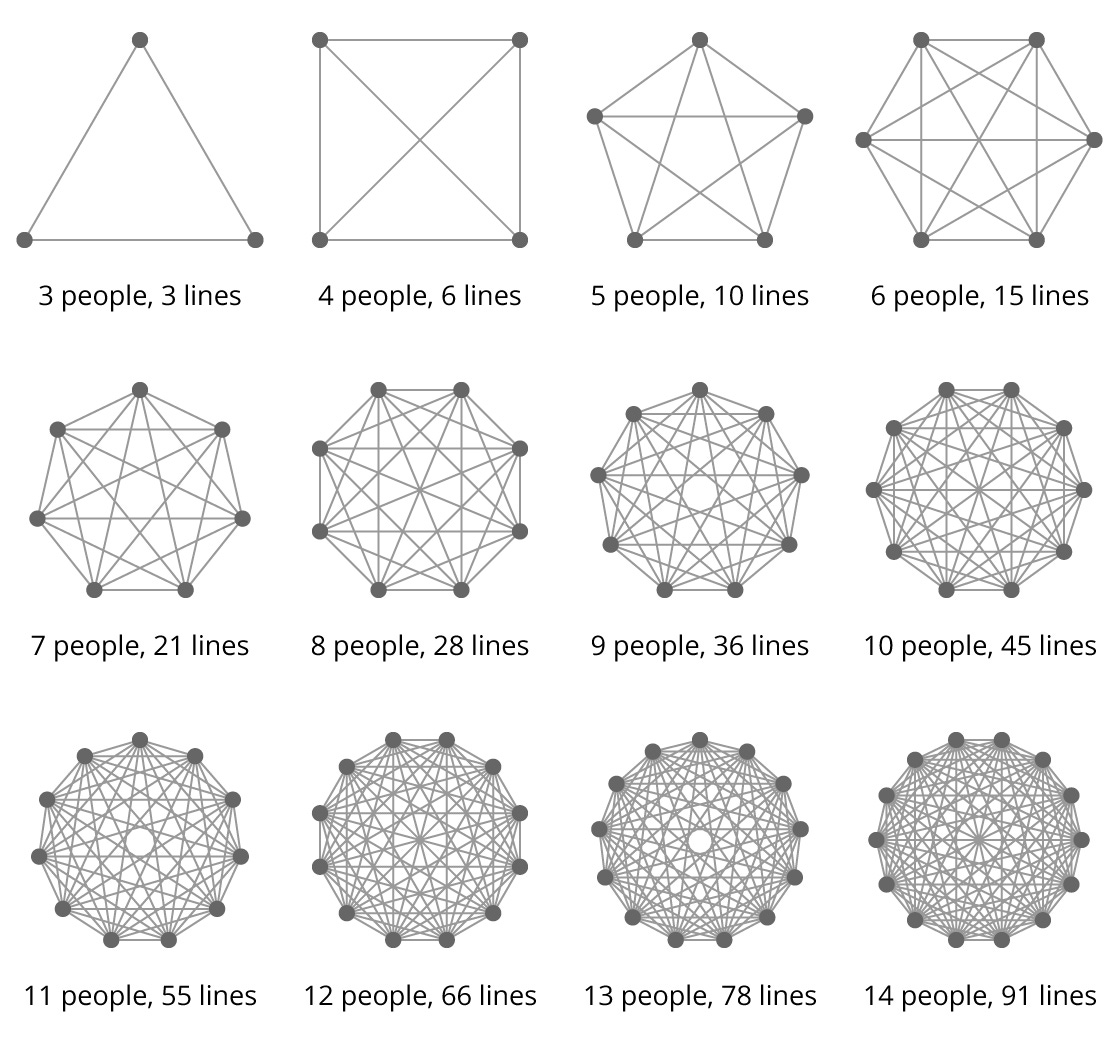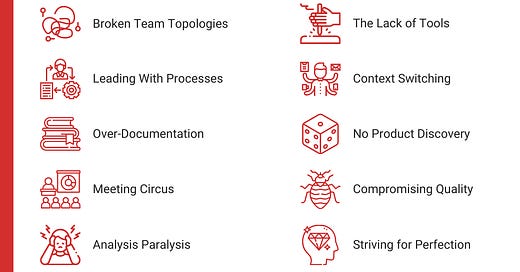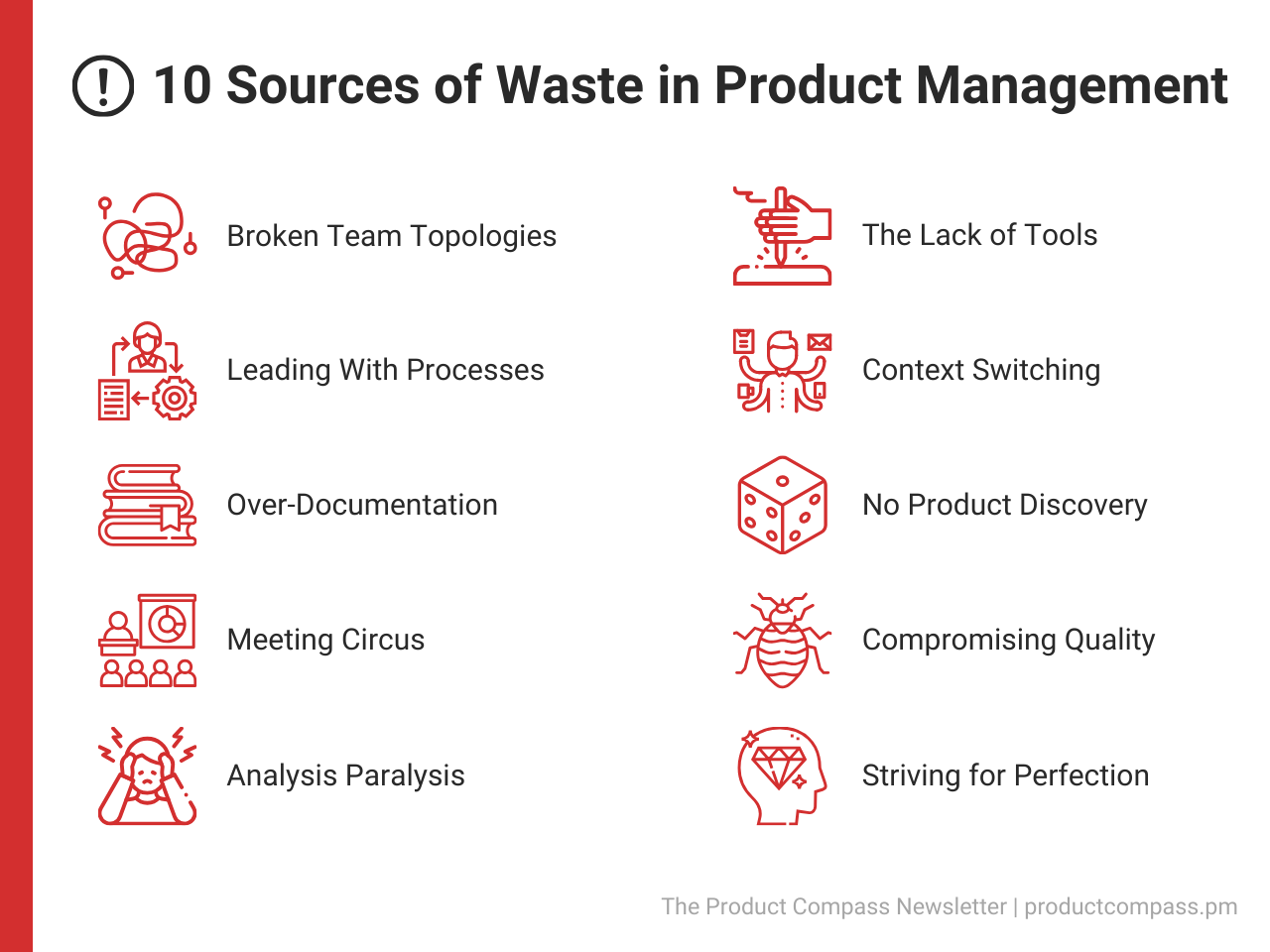10 Sources of Waste in Product Management
There's nothing more disappointing than seeing a team's energy and effort go to waste.
Hey, Paweł here. Welcome to the free archived edition of The Product Compass!
Every week, I share actionable tips and resources for PMs.
Here are a few posts you might have recently missed:
Introduction to AI PM: Neural Networks, Transformers, and LLMs
12 Proven Sources of Insights to Fuel Your Product Discovery
5 Steps to Negotiate Your Product Manager Job Offer in a Tough Market
Consider subscribing and upgrading your account for the full experience.
There's nothing more disappointing than seeing a team's energy and effort go to waste when their hard work doesn't truly move the needle.
Being part of such a team can feel demotivating, frustrating, and, frankly, hopeless.
I've been there many times.
So, in today’s post, we discuss ten sources of waste that I've witnessed in my career. And more importantly, I’ll share advice on how to avoid them.
Let’s dive in.
1. Broken Team Topologies
One of the key responsibilities of product leaders is designing team topologies to minimize cognitive load. This involves creating small, cross-functional teams that can achieve their objectives end-to-end with minimal dependencies and handoffs.
Why is this critical?
Handoffs and dependencies
Every stage gate in your workflow means waiting. The more stage gates, the longer your lead time, cycle time, and time to learn become.
Example anti-patterns:
Handoff from researchers to engineers: Integrate research into team activities instead of treating it as a separate handoff.
Handoff from engineers to quality assurance (QA): Make QA an integral part of the team’s workflow.
Handoff from developers to DevOps: DevOps should enable teams to seamlessly build and deploy solutions across environments.
On top of that, each handoff results in knowledge loss. According to Jonathan Smart:
“As much as 50% of knowledge is lost in every handoff. That means that by the time work has had 4 handoffs, the recipient is potentially only getting 6% of the knowledge associated with the work. Move with the work, as a multi-disciplinary team, minimizing hand offs” — Jonathan Smart, Sooner Safer Happier
Teams that are too large
Small teams are essential. Amazon introduced the “two pizza team rule:” If a team cannot be fed two pizzas, it's too large.
The more people on a team, the more complex communication becomes, leading to communication overhead and waste:

In my experience, the upper limit for effective teams is 8-10 members, with 5-6 engineers.
More information
For more information, see our previous post, Team Topologies: A Handbook to Set and Scale Product Teams.
2. Leading With Processes
Everyone hates complex processes. But it’s even worse when the process doesn’t fit your team’s unique needs or results in bottlenecks.
As Marty Cagan noticed:
Keep reading with a 7-day free trial
Subscribe to The Product Compass to keep reading this post and get 7 days of free access to the full post archives.




